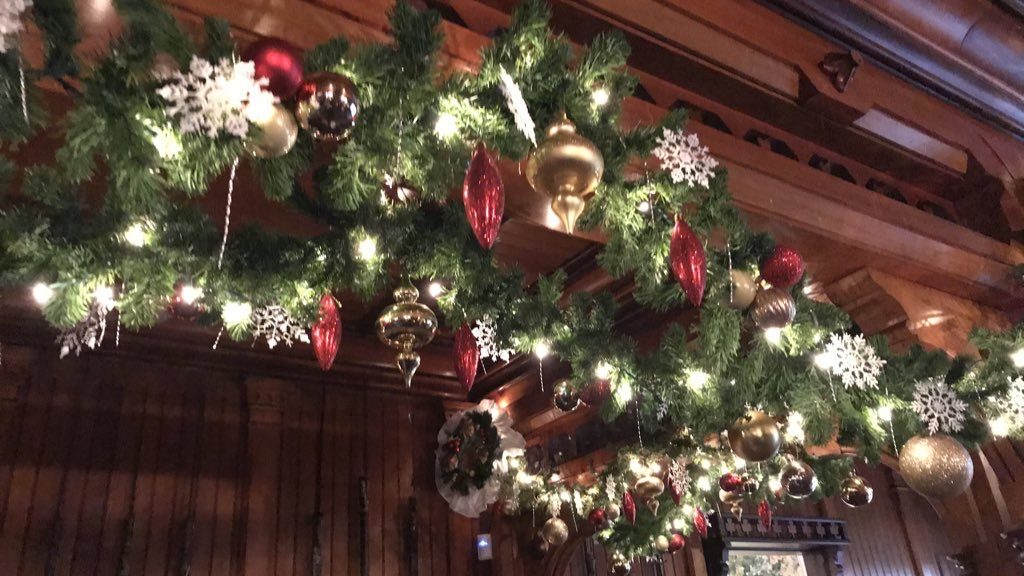
“…Should it cause even one heart to feel a deeper trust in God’s goodness and love, or aid any in weaving a life, wherein, through knots and entanglements, the golden thread shall never be tarnished or broken, the prayer with which it was begun and ended will have been answered.”
Mary Mapes Dodge, Preface to “Hans Brinker, or The Silver Skates””

Widowed and impoverished with two small children to support, Mary Mapes Dodge, 1831-1905, wrote the beloved story “Hans Brinker, or The Silver Skates” at her father’s Newark farm, Mapleridge. Using her imagination and research, she unearthed such Netherlands tales as “The Little Dutch Boy,” popularizing them in the United States. The 1865 immediate best seller saved her struggling family, and she became the most popular children’s author of her day.
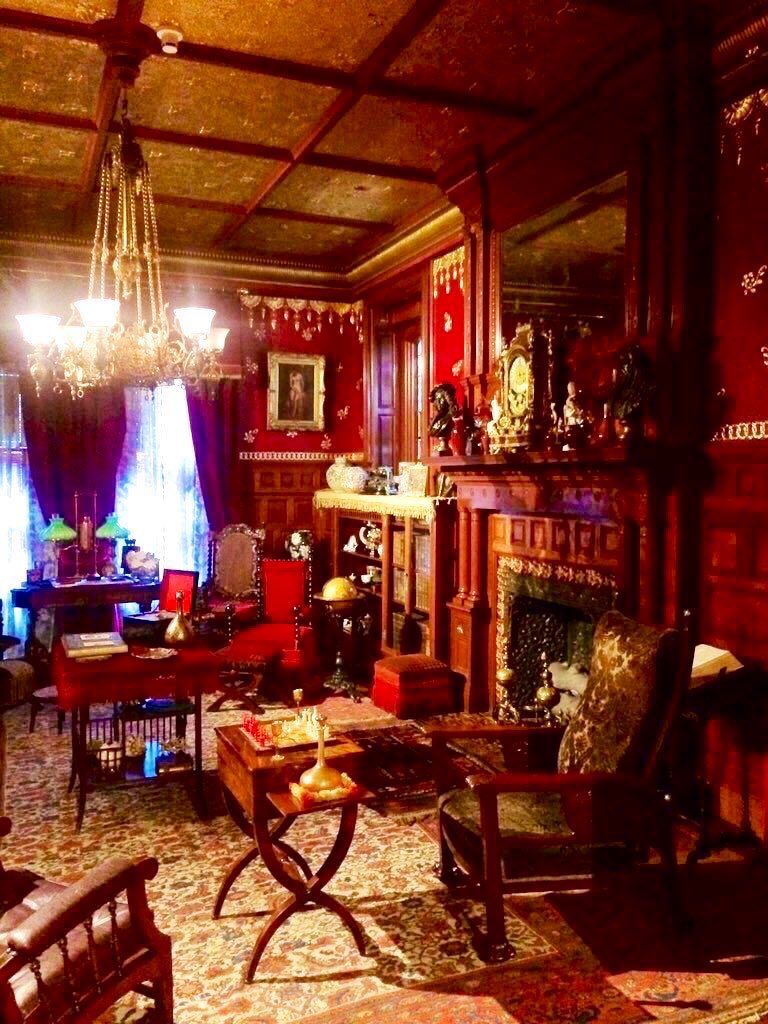
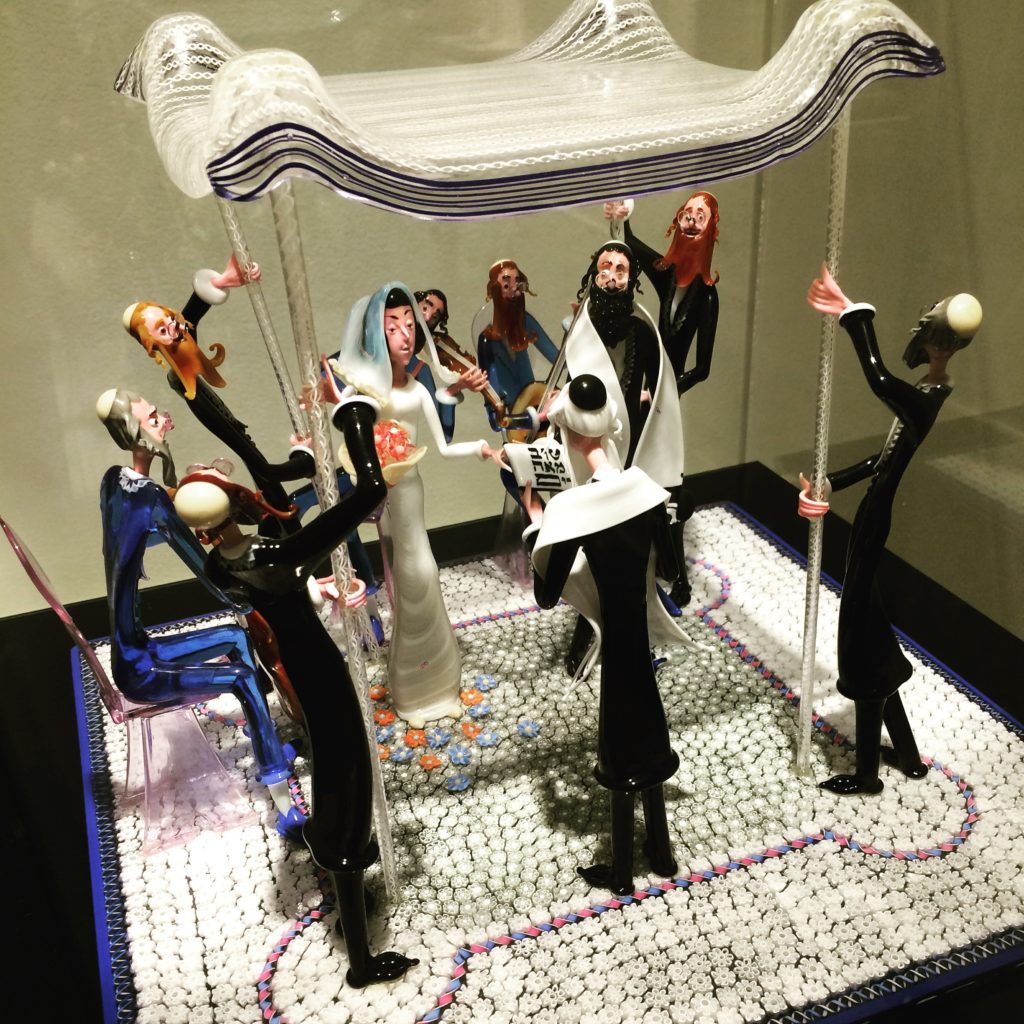
Married at 20 to lawyer William Dodge, Mary had a few short years of domestic happiness in New York City where she grew up. After experiencing a financial reversal, William left and then drowned. Mary was a widow at 28 when she began to support her boys, neither yet school age, with her writing. Ms. Dodge first achieved notoriety with “Irvington Stories” in 1864. Following this success, her sons Harry and James urged her to write down the skating bedtime stories that she made up for them. When published in 1865, the serialized story “Hans Brinker, or The Silver Skates” was so popular that worldwide sales brought it an award from the French Academy with a monetary prize that helped Mary’s family.
Ms. Dodge dedicated Hans Brinker to her father, a renowned chemist who developed modern agriculture, Professor James Jay Mapes, remembered today with Mapes Avenue in Newark. Mary initially assisted him with editing agricultural journals. It was the warm-hearted James who “believed children could appreciate good literature” in the age of children’s primers. Mary’s mother, Sophia, was an accomplished artist. The future writer and her siblings had had the foundation of a happy childhood and an excellent education filled with art, music, and creativity.
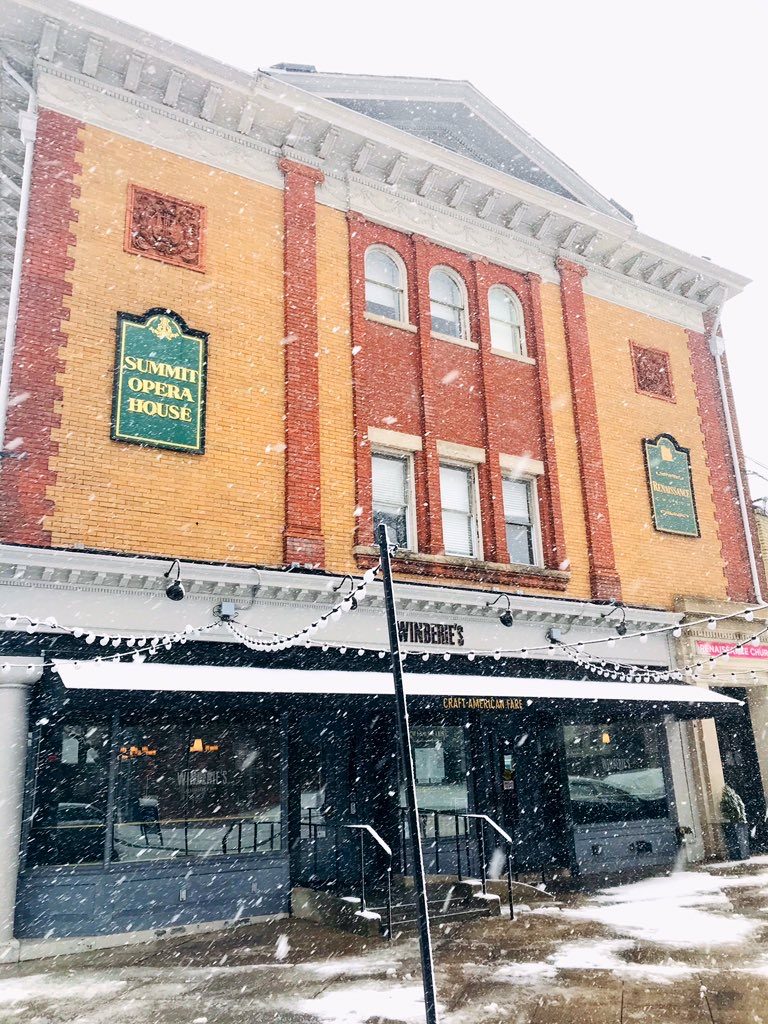
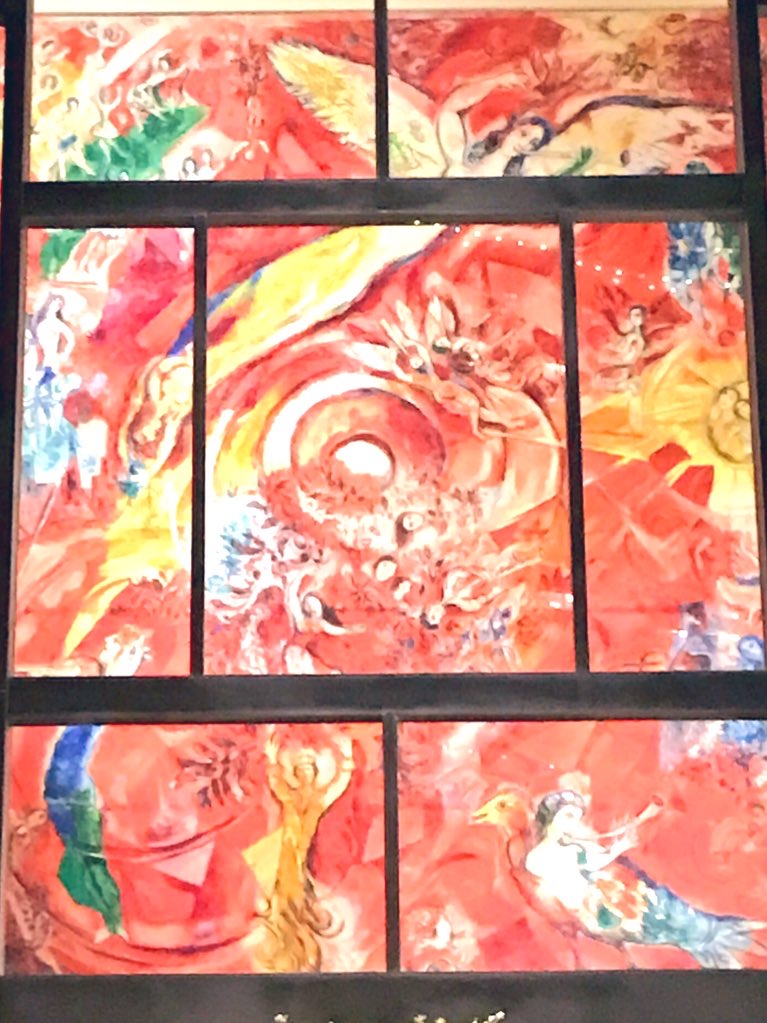
The story of Hans not only moved readers but thrilled them with their introduction to Dutch speed skating, even more intriguing with its setting on picturesque frozen canals. Ms. Dodge shares travel and customs in Holland with readers. St. Nicholas is a patron saint and protector of children who arrives in grand style on December 5th, welcomed with songs, poems, and traditional dishes, and exits “with a shower of sugarplums”. On December 6th, St. Nicholas Day, children awake to find their wooden shoes overflowing with presents save for the Brinkers, who find their joy in each other’s company.

Macculloch Hall Historical Museum, Morristown, New Jersey
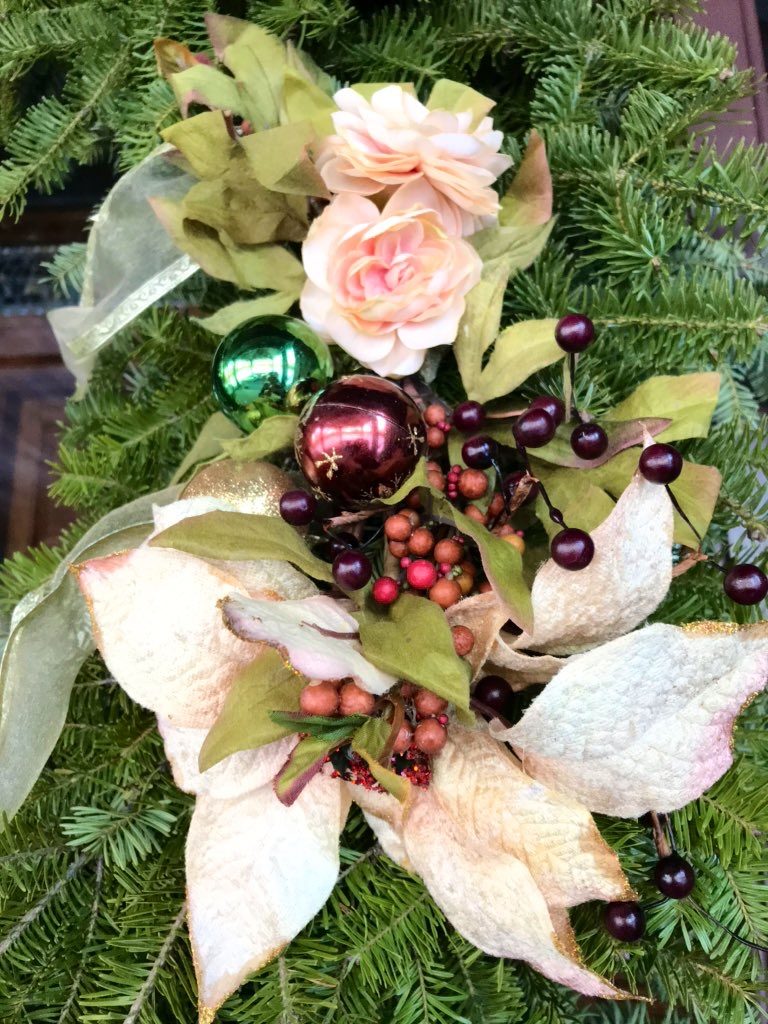
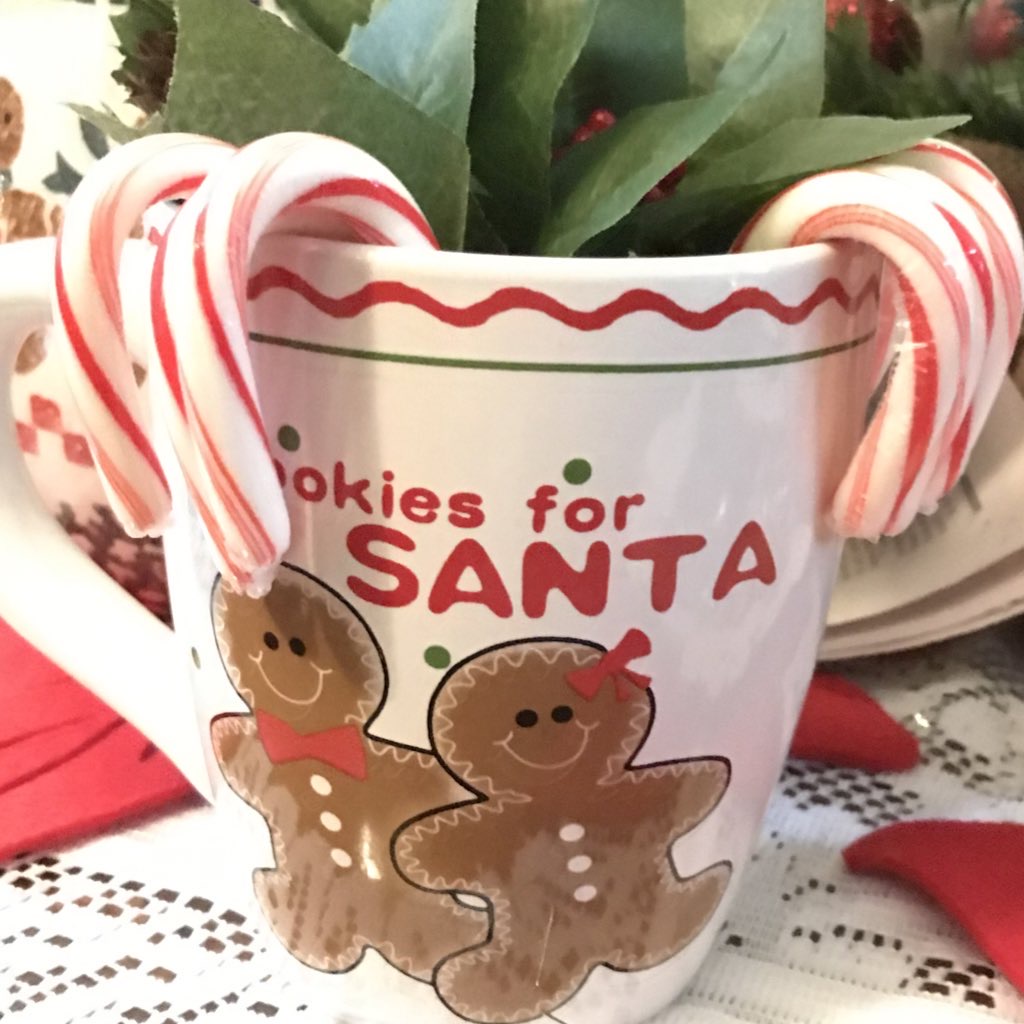
Having a Dutch-American grandmother, and later, friends who helped as resources for the book, Ms. Dodge aimed to familiarize Americans with Dutch culture in a positive way as it was sometimes misunderstood. What appealed immensely to Mary was Dutch ability and the miracle of Holland itself, the “marvel of its not being washed away by the sea”. Not surprisingly, engineers are heroes in Dutch history.
Two of Ms. Dodge’s resources were the well-known “The Rise of the Dutch Republic” and “The History of the United Netherlands” by historian John Lothrop Motley, whom she heralds in the story. Though Mary had not traveled to the Netherlands when she wrote “The Silver Skates,” her work was so imaginative that the book was, and is, popular in Holland.
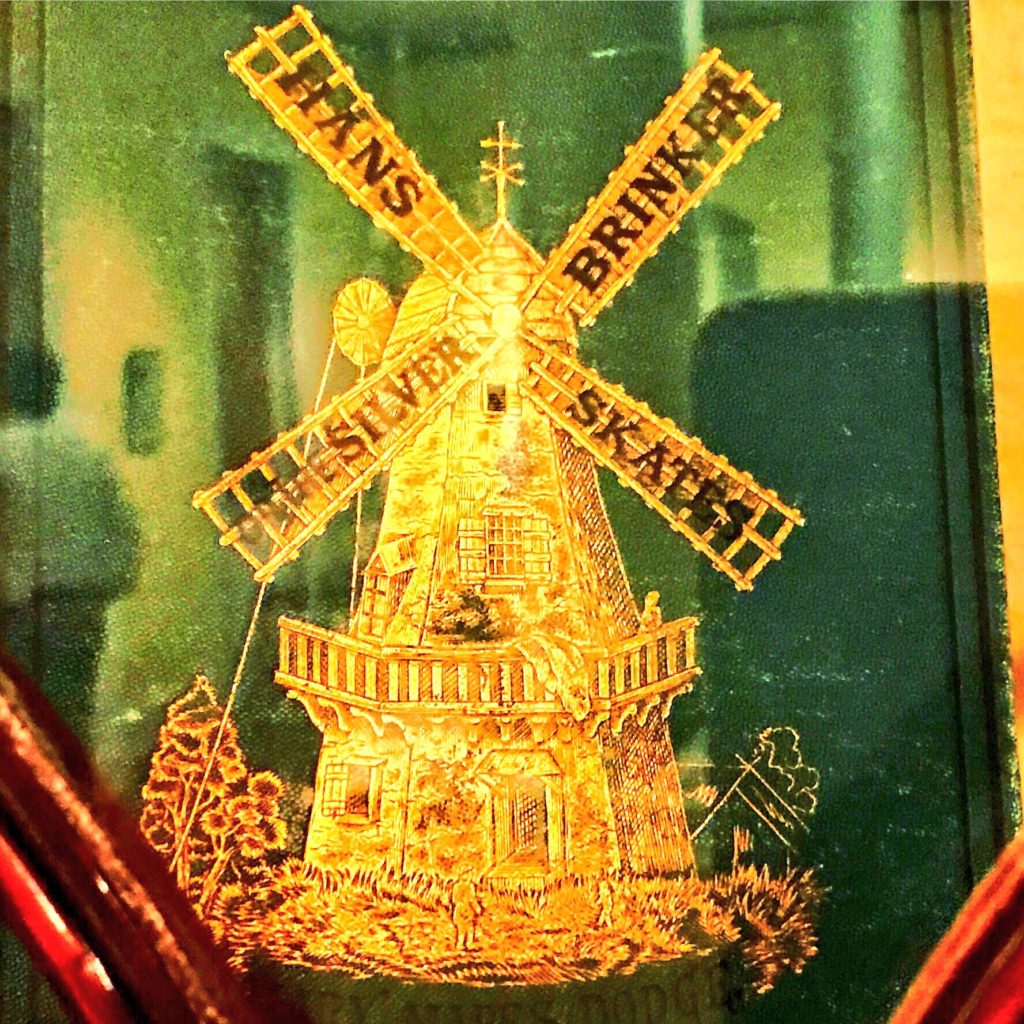

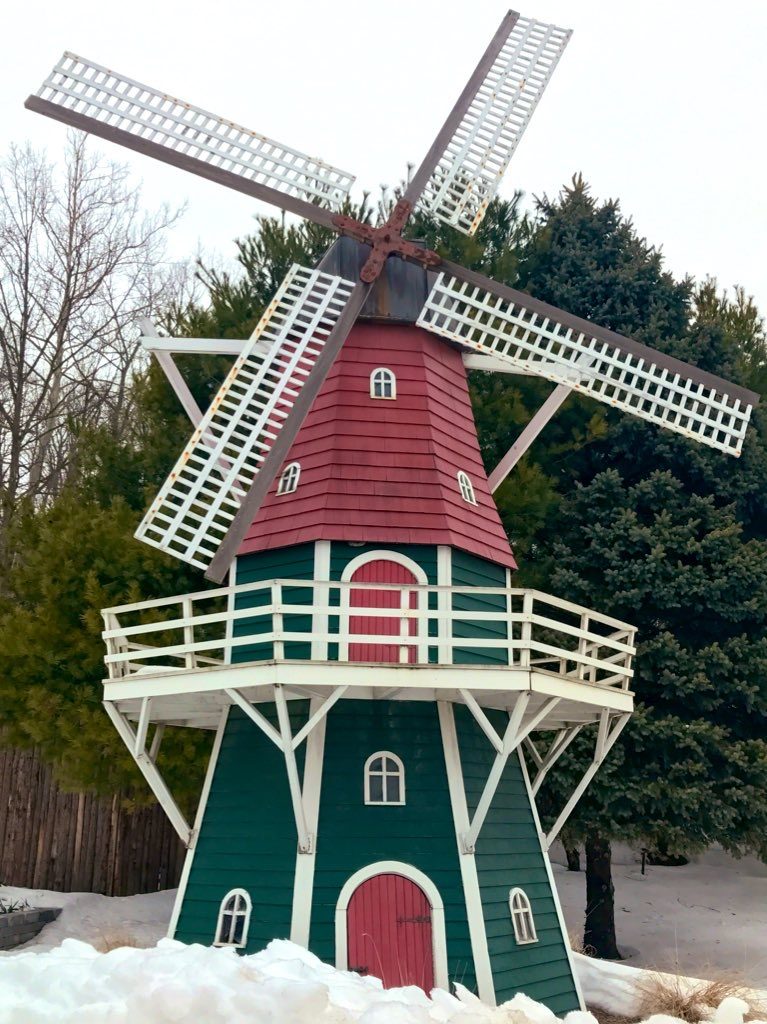
In Hans Brinker, readers meet siblings Hans and Gretel, 15 and 12, with names alluding to the fairy tale, who have lived in poverty for most of their childhood. Their father Raff’s illness after an accident and the mysterious loss of the family funds leave them not only destitute children but his caretakers, a duty they assume along with their mother with a persevering love. This is the Holland of windmills and charm, but also a reflection of a real-life world where other children mock the brother and sister for their ragged clothing. Talented skaters, the siblings have only wooden ones, not iron, and cannot compete in the grand December race for the prized silver skates. When Hans earns some money through his wood-carving skill, he puts aside his hopes and buys his sister skates so she may compete. Eventually acquiring proper skates of his own and entering the race, Hans leads. When the skate strap of his loyal friend Peter breaks, Hans gives his to someone who wishes for the silver skates even more than he. Peter goes on to win the boys’ race.
Mary Mapes Dodge brings life to goodness, a character depiction sometimes dismissed as being one-dimensional. She touches readers with Hans’ decision to help his sister: “Hans turned the money thoughtfully in his palm. Never in all his life had he longed so intensely for a pair of skates for he had known of the race and had fairly ached for a chance to test his powers with the other children. He felt confident that with a good pair of steel runners he could readily outdistance most of the boys on the canal… On the other hand, he knew that she [Gretel], with her strong but lithe little frame, needed but a week’s practice on good runners to make her a better skater…. As soon as this last thought flashed upon him, his resolve was made…she should have the skates.” Gretel would win the girls’ race.
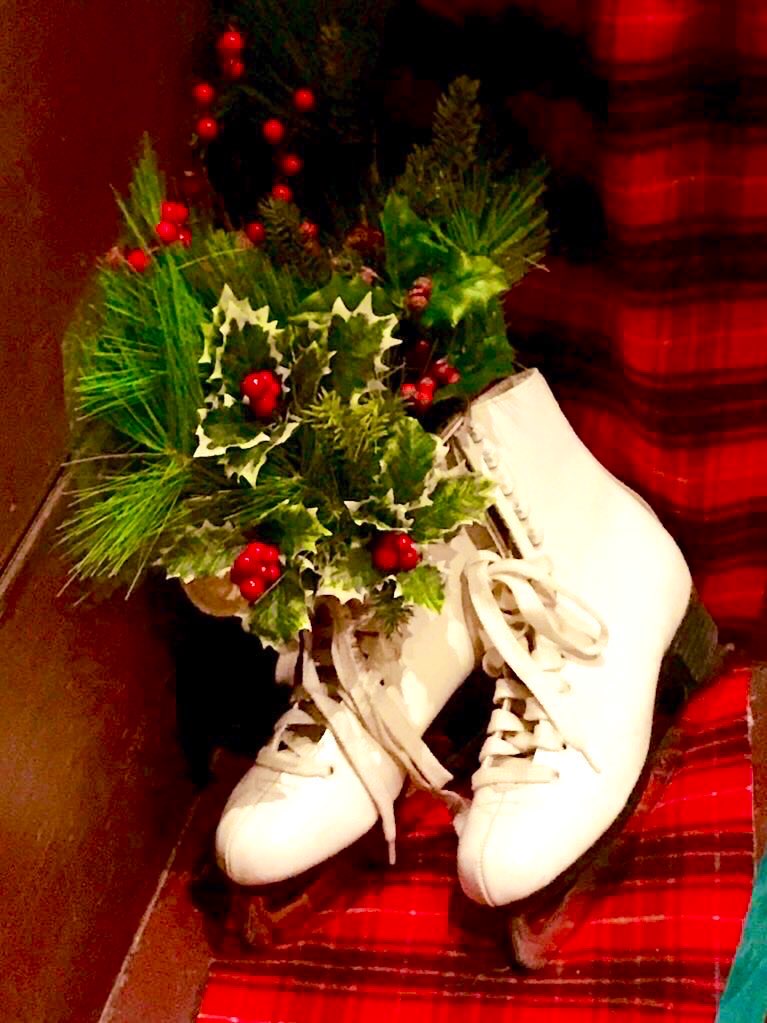
The happy ending brings the recovery of Raff Brinker, after a risky surgery, who restores the family finances, allowing the children to return to school full-time. He and his wife see Gretel win. The selflessness of Hans, who at another turn offered to give his skate money to pay for his father’s surgery, melts away the cynicism of the family physician, Dr. Boekman. Through him, Hans grows up to become a surgeon “in a reverence for God’s work” and marry his childhood sweetheart Annie. The miracle of Hans is that he experiences hardships without becoming hard-hearted.

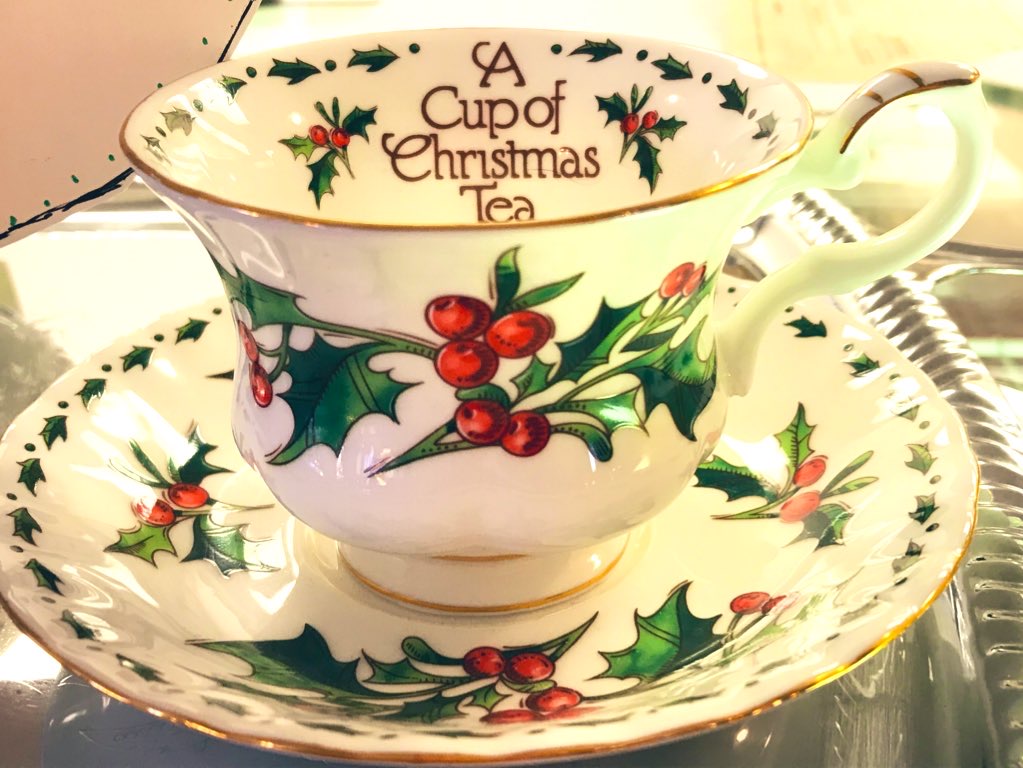
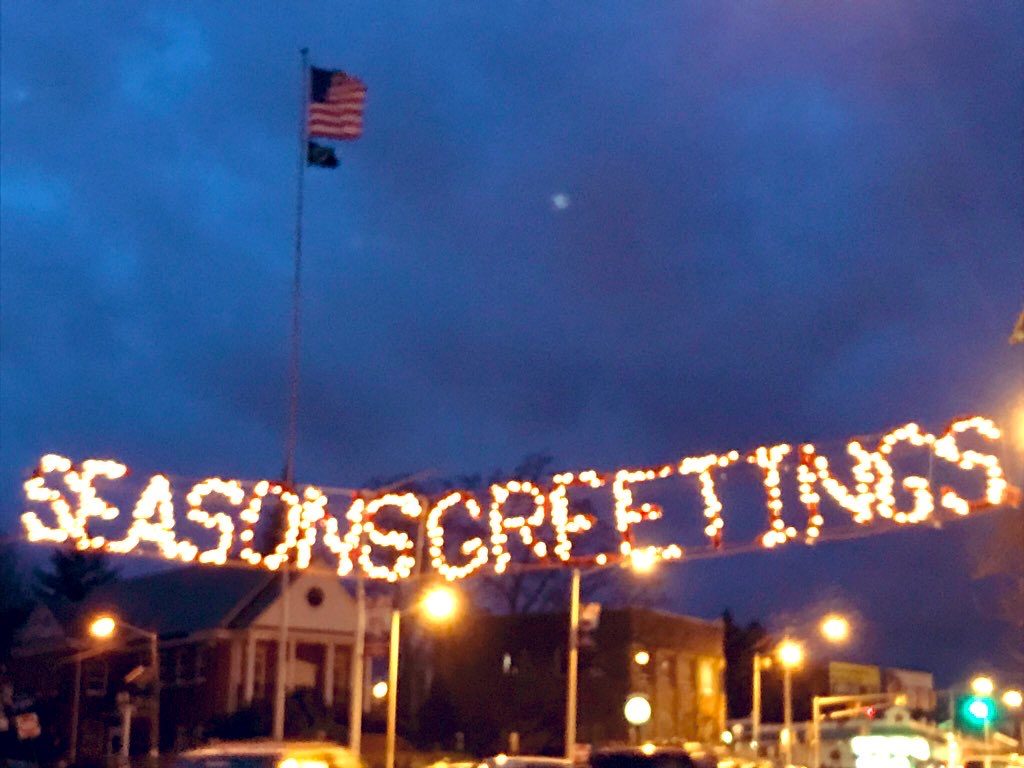
Hans makes decisions from a generosity of spirit that shows us one touched by God’s grace. He inspires, which is undoubtedly why the book is still read today, passed down through generations.
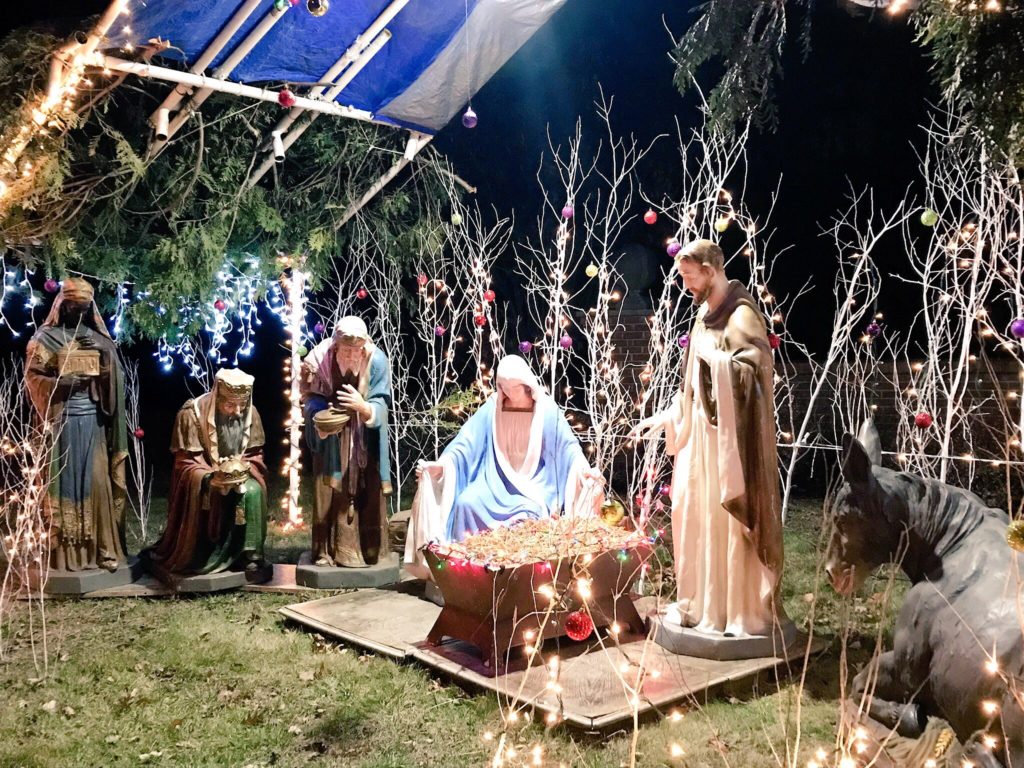
Mary Mapes Dodge went on to become an associate editor for Home and Hearth magazine under Harriet Beacher Stowe in 1868. In 1873, Ms. Dodge received the honor of being the first editor for the prestigious St. Nicholas Magazine, which she named, and featured work by major writers like Louisa May Alcott, Frances Hodgson Burnett, Robert Louis Stevenson, and Mark Twain. Having grown up in a home where accomplished scientists and artists added to a lively household, Mary’s sons, too, knew the delight of these writers’ company. Mary, who was modest about her accomplishments, was an ideal editor who encouraged Rudyard Kipling to write down the adventure stories that he shared with friends. The result was “The Jungle Book”.
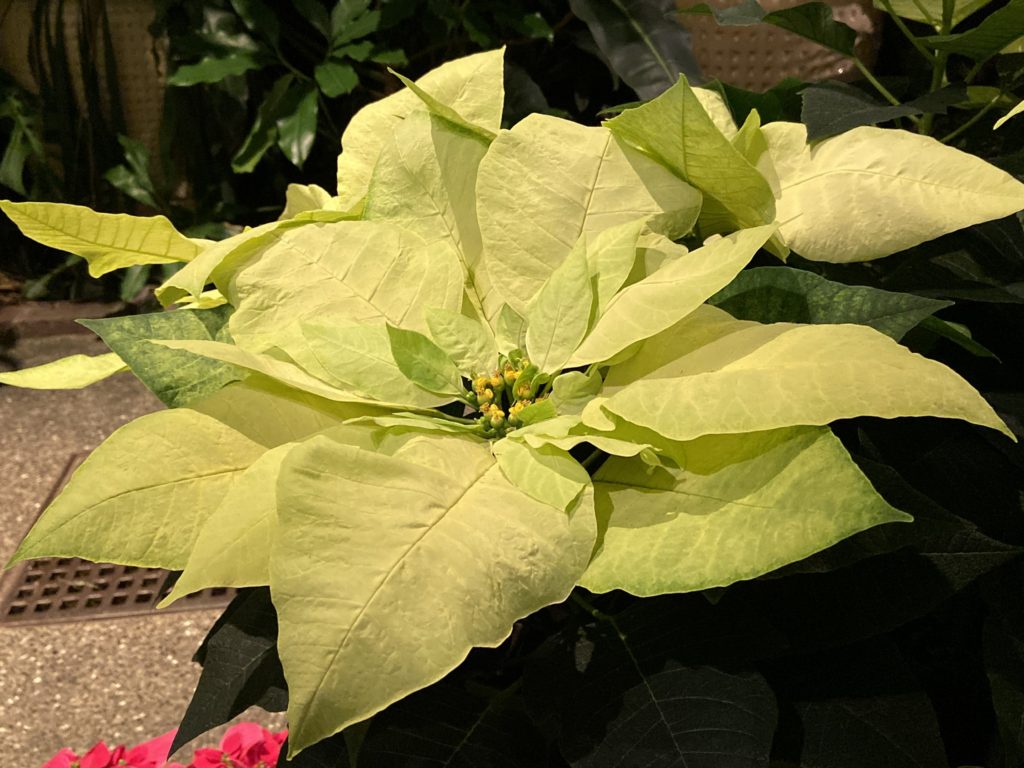
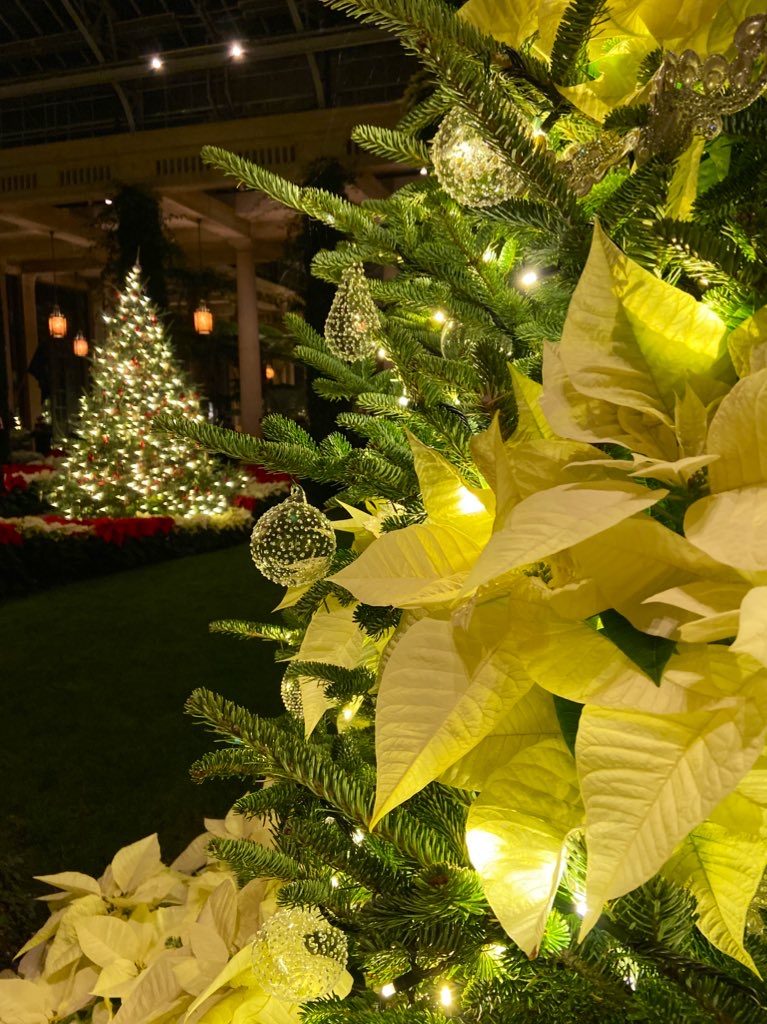
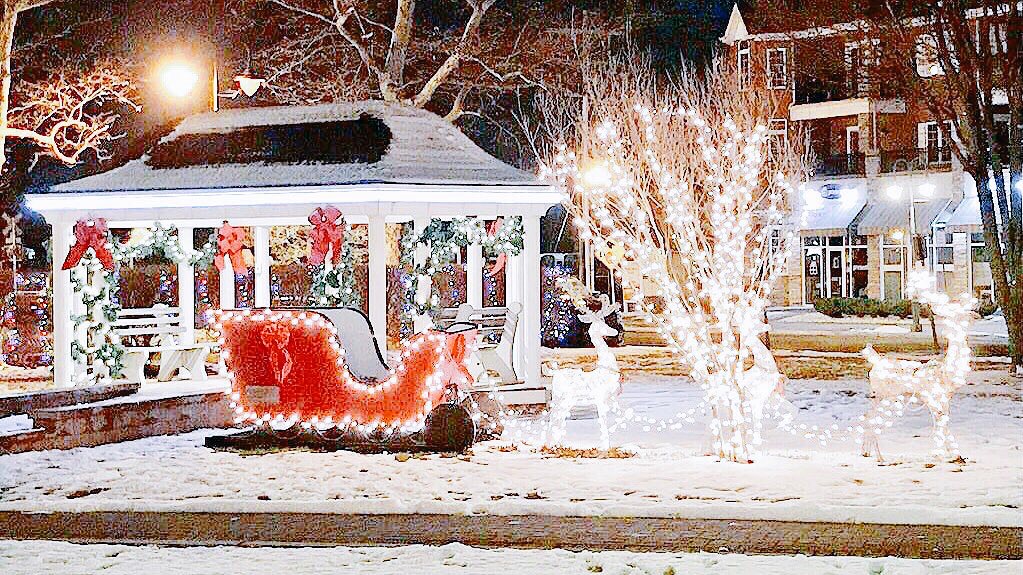
Ms. Dodge helped to launch the careers of young writers with the St. Nicholas League, a monthly magazine for young readers. The affiliated magazine awarded publication and monetary prizes to Edna St. Vincent Millay, E.B. White, Stephen Vincent Benet, and F. Scott Fitzgerald, with his own New Jersey connections. Ms. Dodge continued to write for St. Nicholas Magazine collected in “Baby Days,” “Baby World,” “Poems and Jingles,” and “Rhymes and Verses,” some written in her Catskills home. All of these stories and poems were immensely popular, but it is “Hans Brinker, or The Silver Skates” that timelessly resonates.
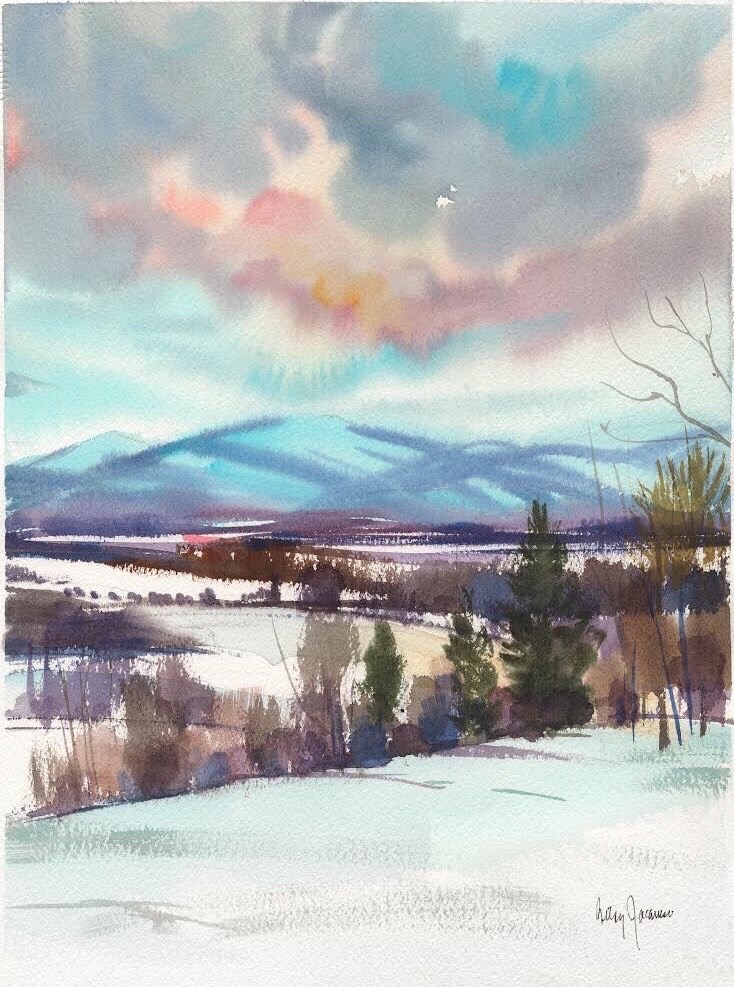

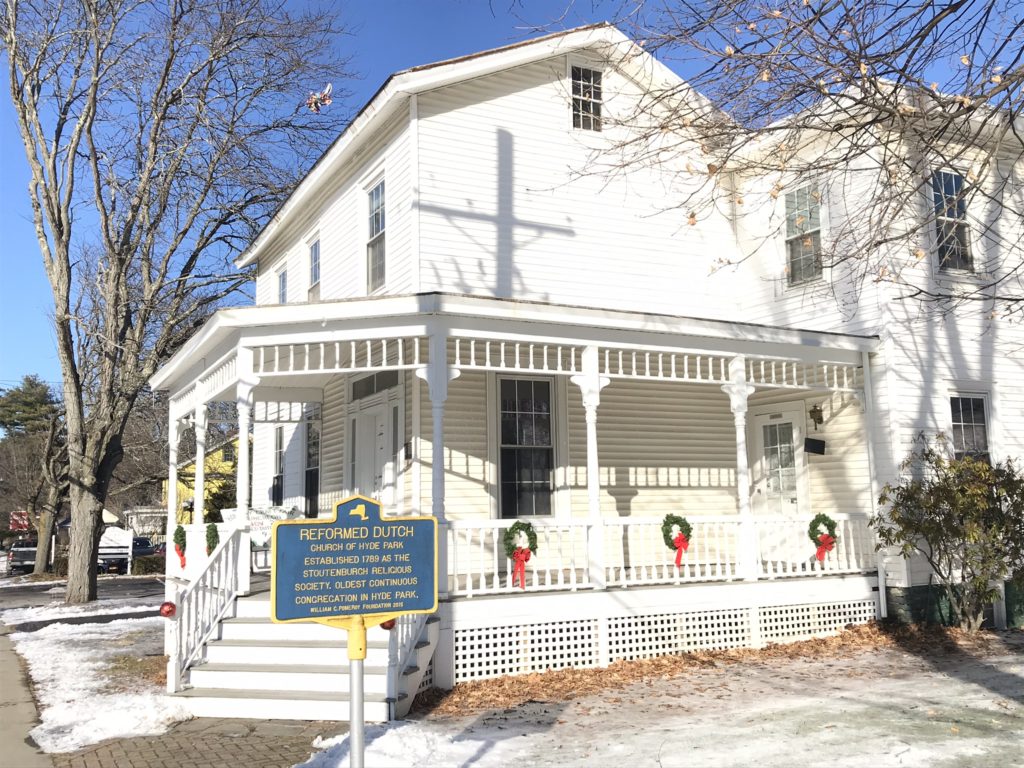
In Lord Durham’s rare book collection is an autograph calendar book inscribed by Mary Mapes Dodge from in the Orange Memorial Hospital library, formerly in Orange, New Jersey, with a date of December 16, 1902:
“Greetings. ‘Good day!’ cried one who drove to West | ‘Good day!’ the other, Eastward bound; – | Strong, cheery voices both, that sang | Above their wagons rattling sound. | And I within my song home nest, | ‘Good day!’ ‘Good day!’ still softly sang. | I saw them not, yet well I knew | How much a hearty word can do; | How braced those hearts that their way, | Speed, each to each, a brave ‘good day!’ Mary Mapes Dodge.”
Merry Christmas and Happy Holidays as we travel into 2020.
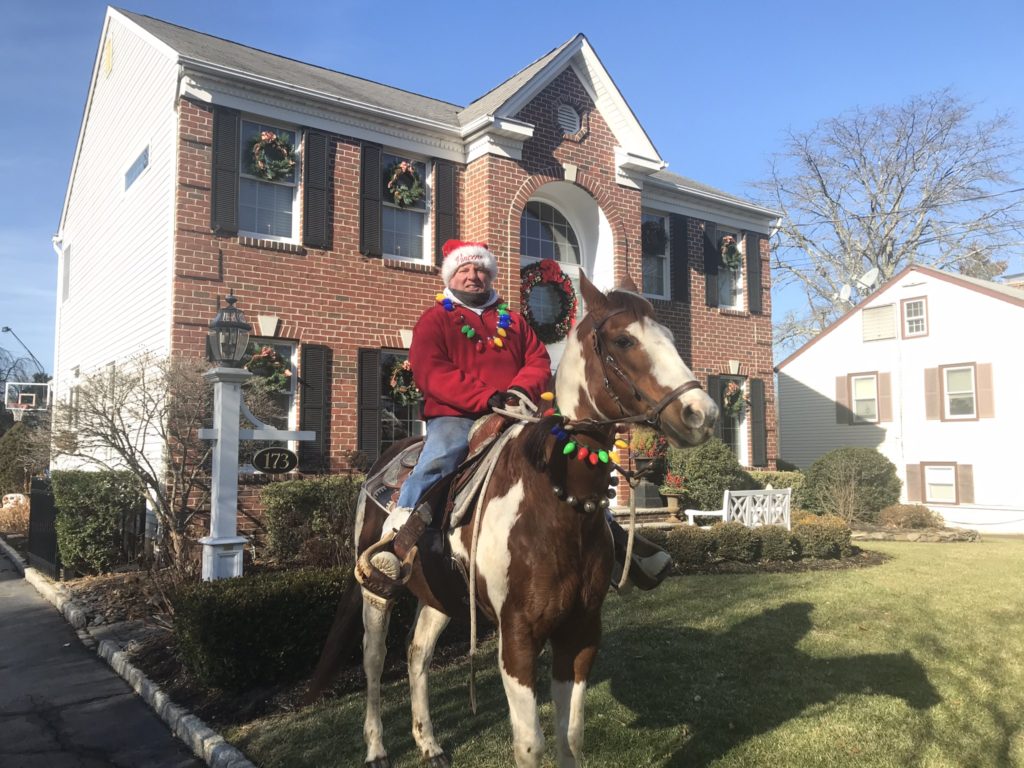
“Christmas at Heart: Mary Mapes Dodge” All Rights Reserved © 2019 Kathleen Helen Levey
(Sources: gutenberg.org, poetryfoundation.org, ldrb.ca, dodgefamily.org, britannica.com, greatnortherncatskills.com, us.macmillan.com, cdnc.ucr.edu, bookologymagazine.org, http://dla.library.upenn.edu, cartoons.osu.edu/, goodreads.com, whychristmas.com, www.amazon.com.au, Wiki)
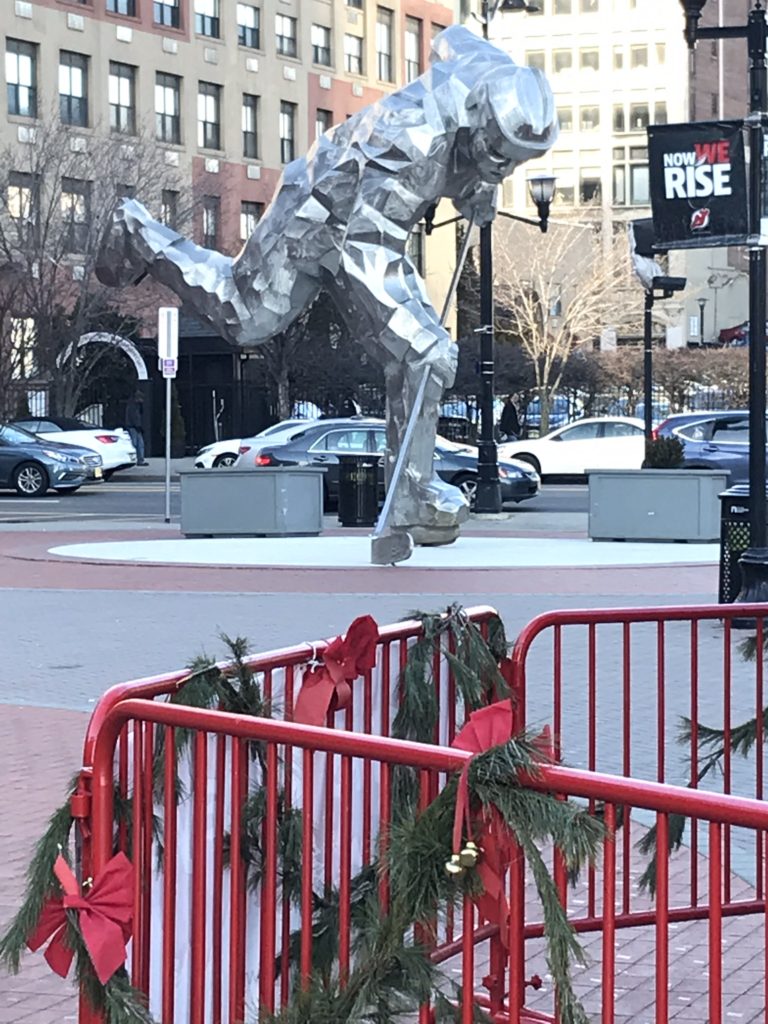
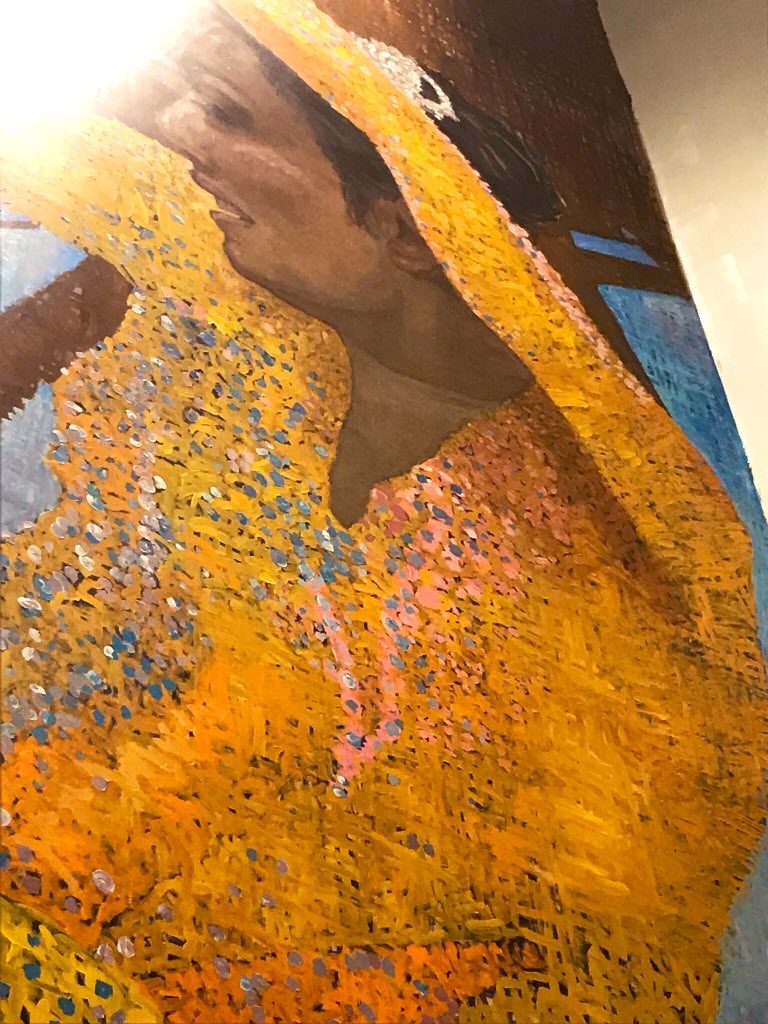
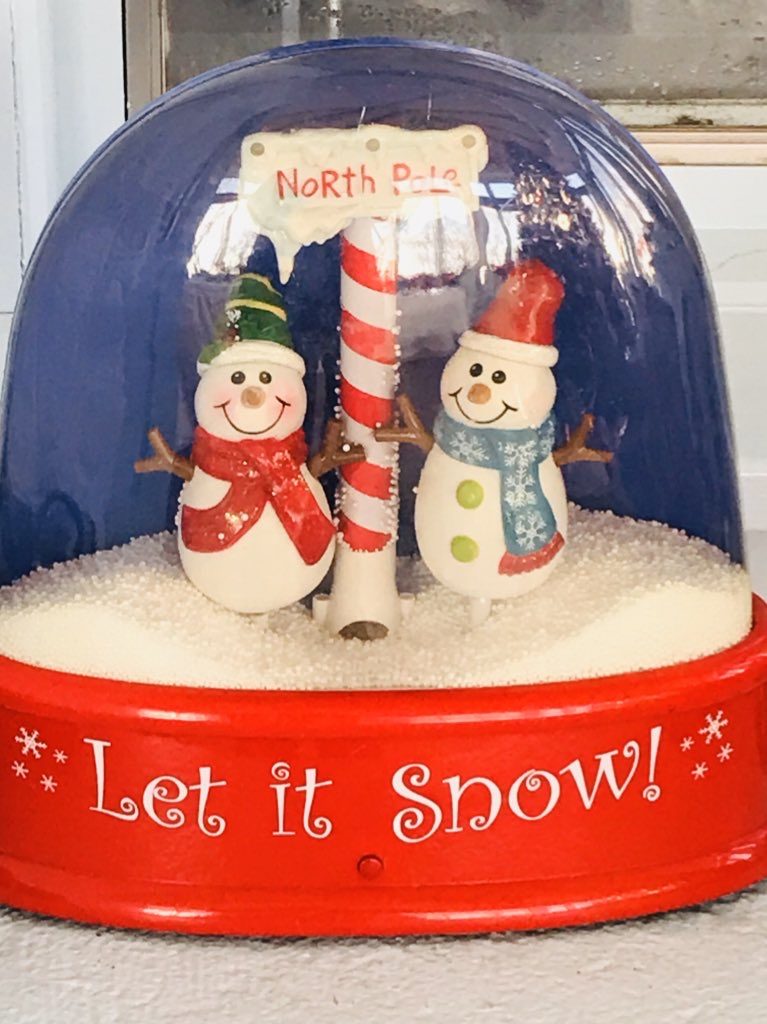

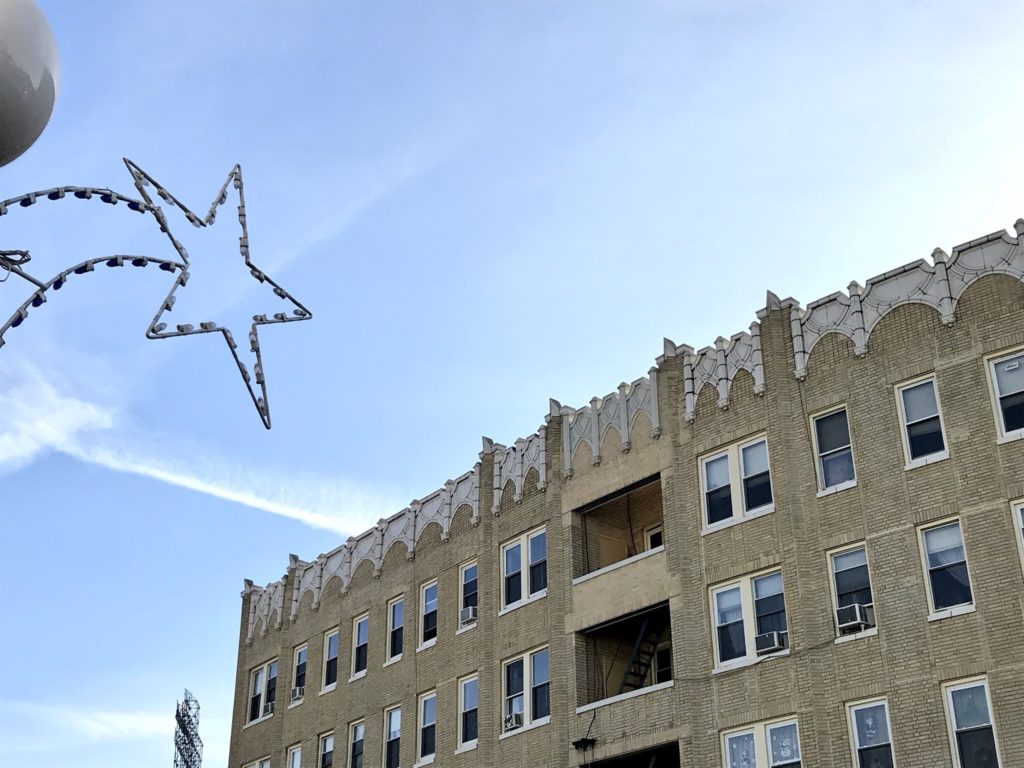
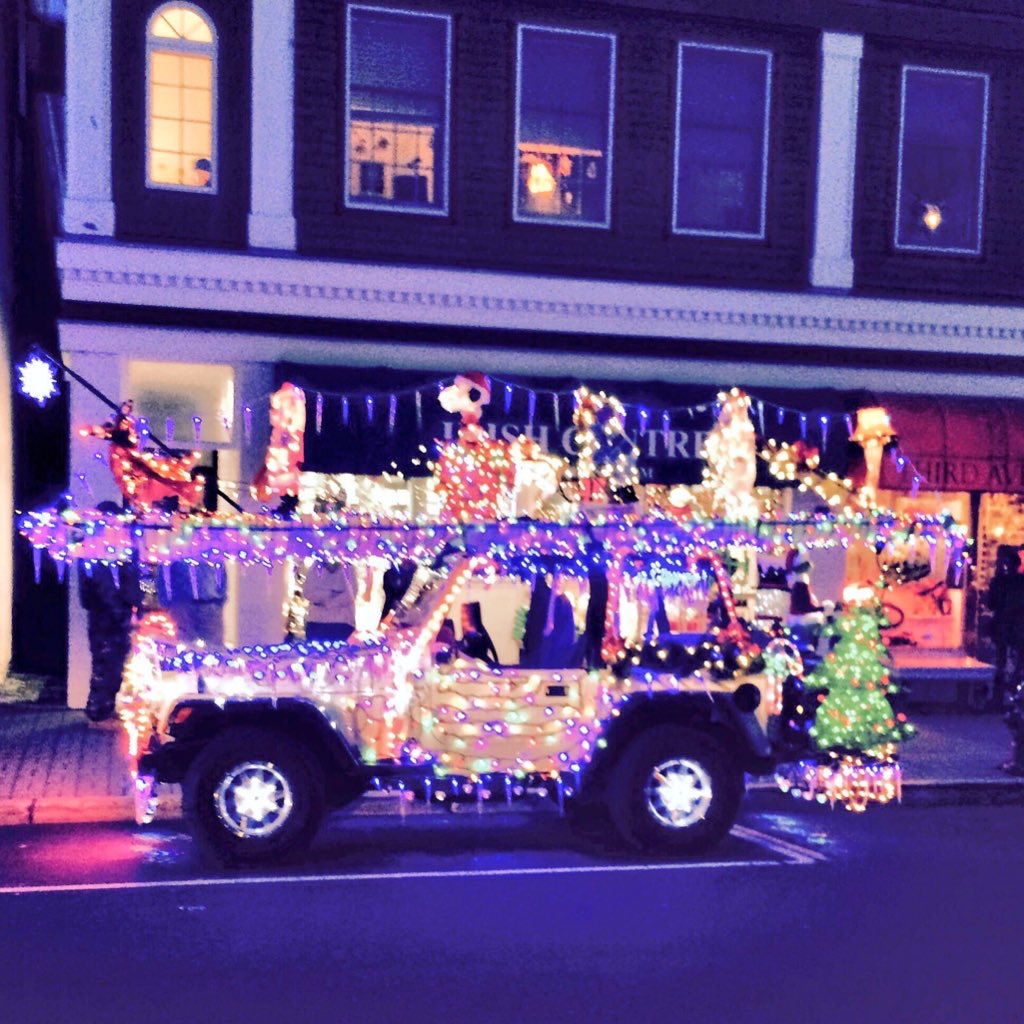
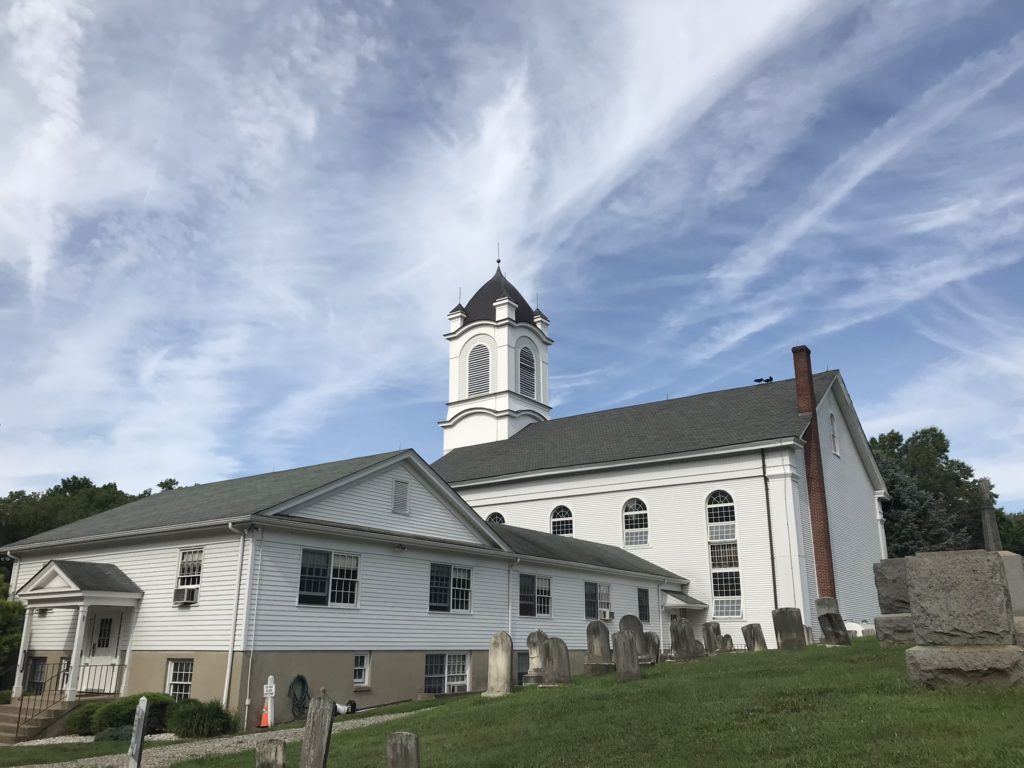
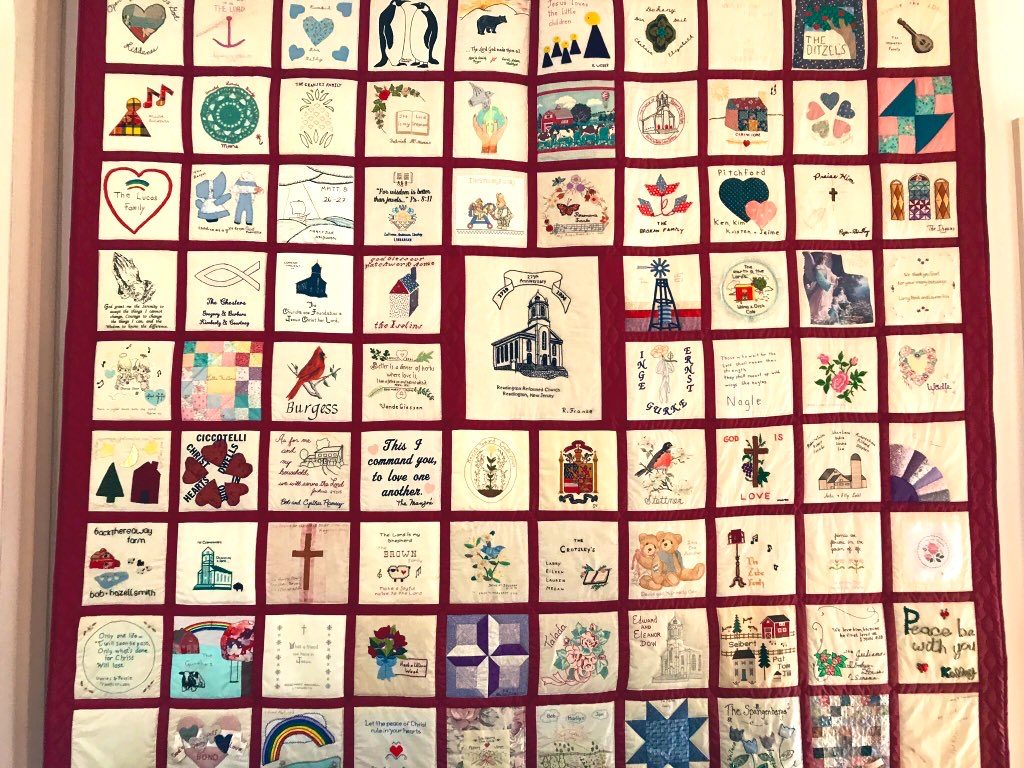
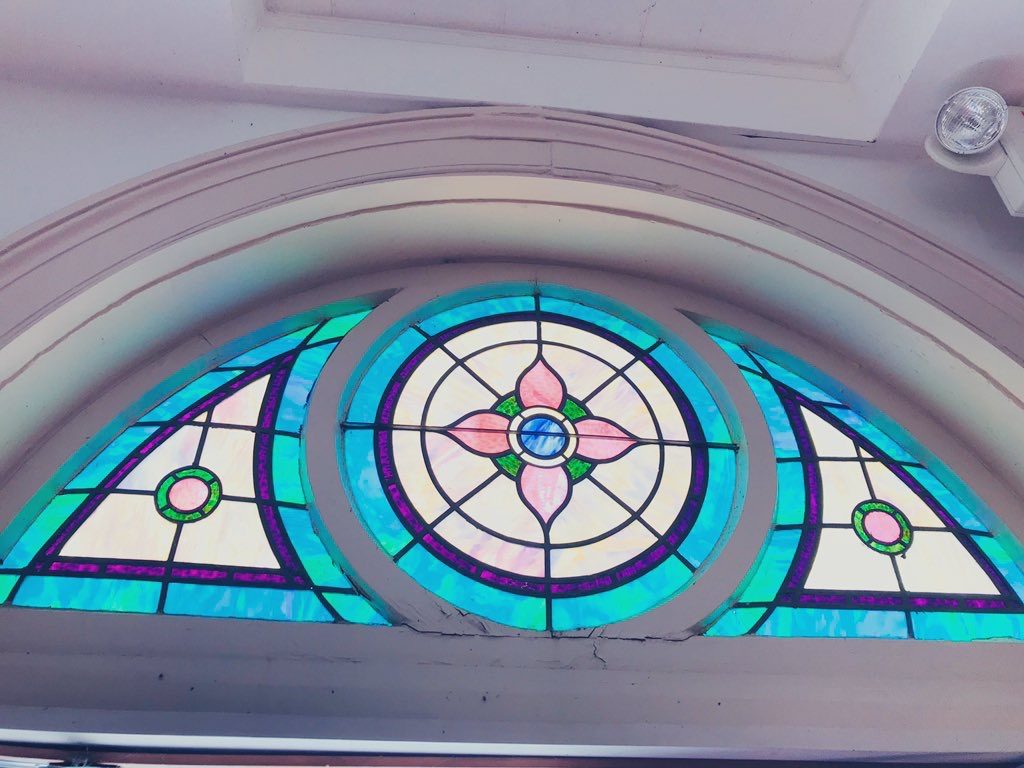
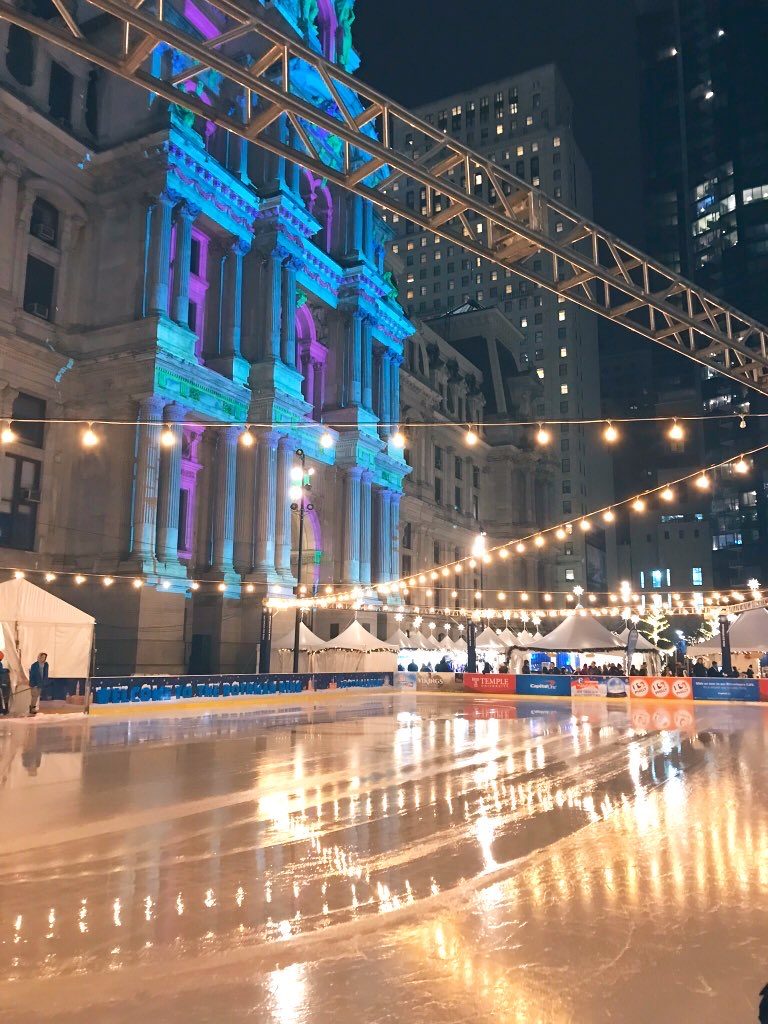
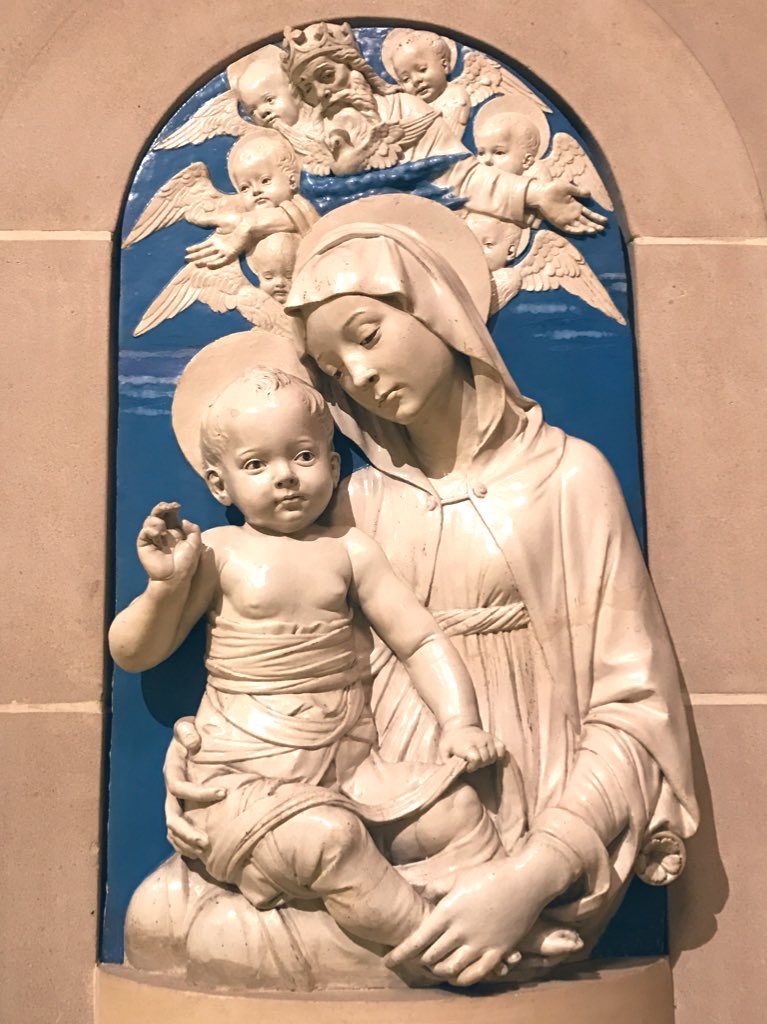
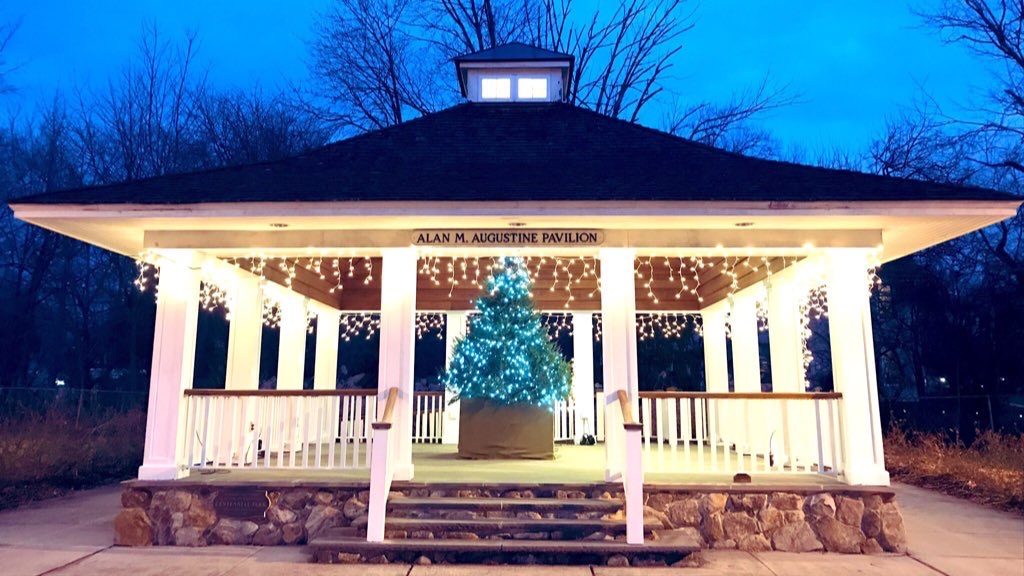

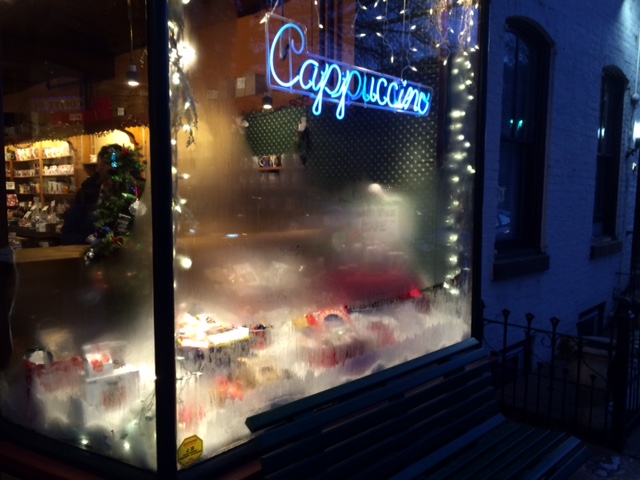


Comments are closed.